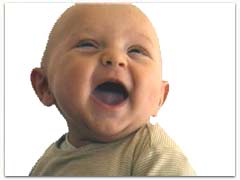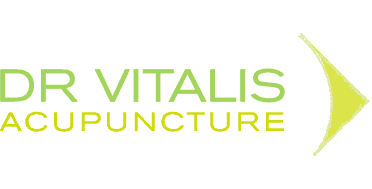Infantile Tuina
As we delve into the realm of traditional Chinese medicine, a curious and less-known modality comes into focus: infantile tuina. While acupuncture has begun to gain traction in the Western world, this ancient practice of healing remains somewhat shrouded in mystery. With roots dating back to 1368 and first systematically documented in Gong Yu Lin’s 1604 treatise “Guide to Infantile Tuina”, could this therapy hold the key to unlocking an entirely new dimension of paediatric healthcare?
Infantile tuina, a branch of traditional Chinese medicine, is a form of therapeutic massage specifically designed for children. In this centuries-old practice, skilled practitioners apply rhythmic, gentle pressure to specific acupoints on a child’s body. Similar to acupuncture, tuina targets the body’s energy pathways or meridians, with the aim of promoting balance and wellness.
At first glance, it may seem that infantile tuina and acupuncture share little in common. After all, tuina involves manual manipulation, while acupuncture employs the insertion of fine needles into the skin. However, a deeper examination reveals a common thread woven through these two practices: the underlying principle of meridians and Qi.
In traditional Chinese medicine, the concept of Qi serves as the foundation for understanding health and disease. Both acupuncture and tuina seek to correct imbalances and disturbances in the flow of Qi, thereby restoring harmony within the body. By targeting specific acupoints, these practices aim to unblock energy pathways and improve overall health and well-being.
Intriguingly, infantile tuina offers an alternative, non-invasive approach to acupuncture that could be particularly appealing for treating the youngest members of our society. While acupuncture is considered safe for children when administered by qualified professionals, the idea of needles can still be a source of anxiety for both parents and young patients. With its gentle, hands-on technique, infantile tuina has the potential to provide an accessible and comforting means of addressing various paediatric conditions.
Indeed, preliminary research has hinted at the benefits of infantile tuina for treating ailments such as colic, constipation, and even sleep disturbances in young children. Moreover, some studies suggest that this form of therapy may bolster the immune system, offering a natural defence against common childhood illnesses.
Infantile tuina has had a long and storied history in Chinese medicine. While it’s been practised for centuries, the therapy gained greater recognition as a mainstream medical treatment in China starting from the 1950s. Today, it is practised in hospitals across the country, standing as a testament to its enduring potential in the realm of paediatric care.
How many treatments will my baby/toddler need?
Usually one to three treatments of 10-20 minutes is sufficient. The younger your baby is the quicker the response.
Are there any contraindications?
There are no known contraindications or side effects.
How is Tuina different from Cranial osteopathy?
Cranial osteopathy was developed in early to mid-1900s. Infantile Tuina was first recorded in 1368. The techniques are different, however if you look at the big picture, the principles are similar.
